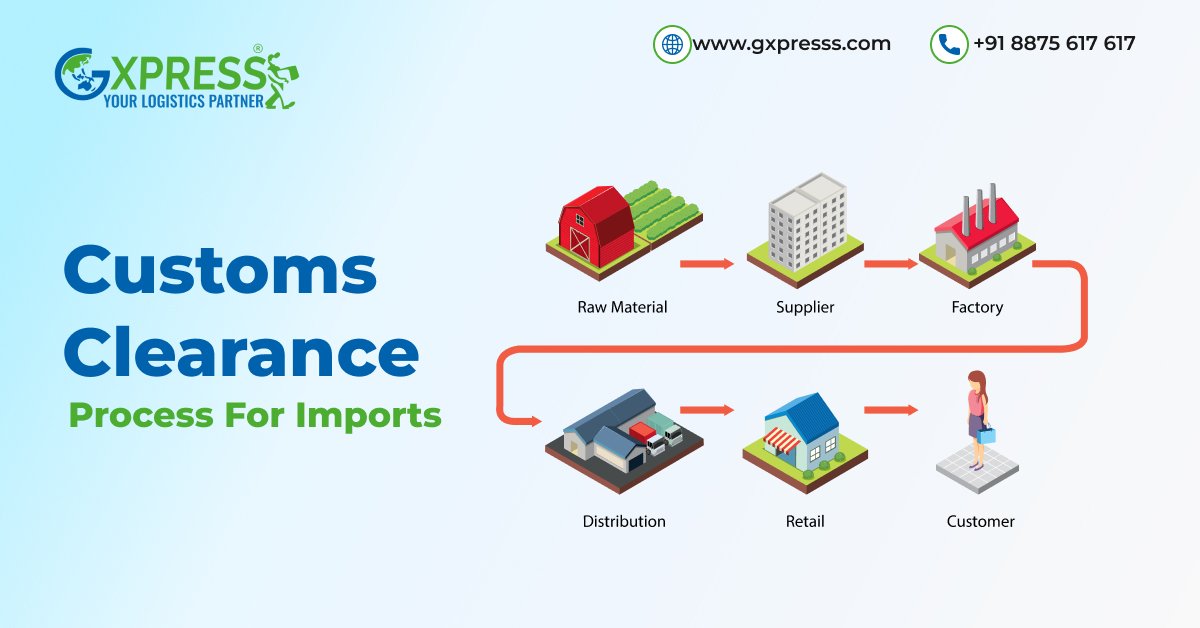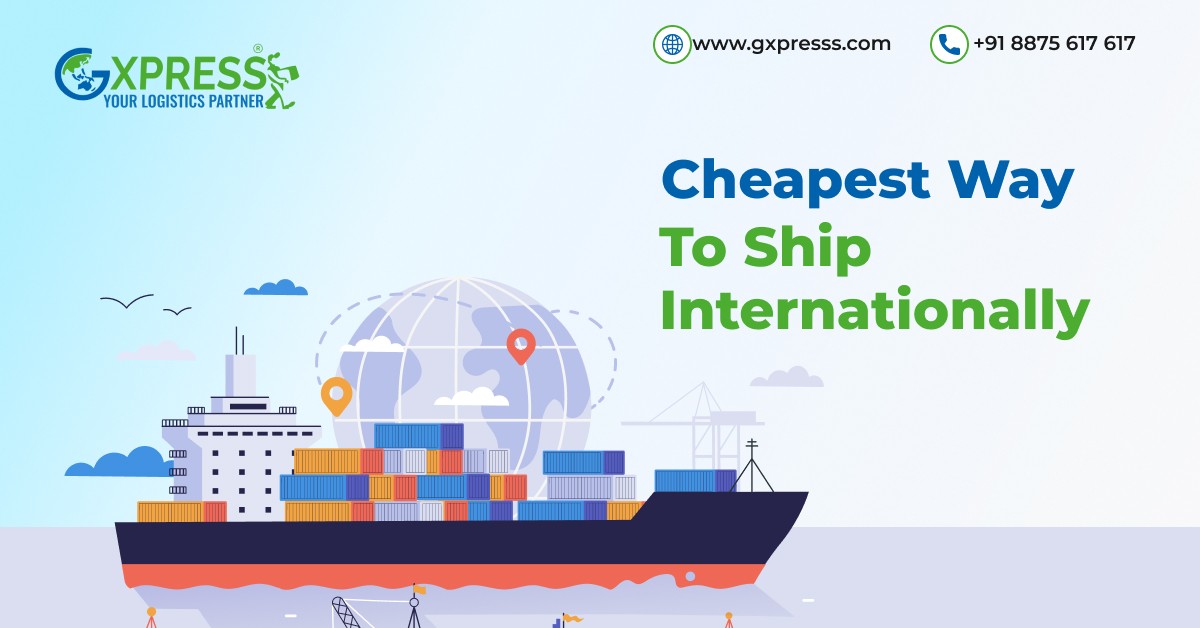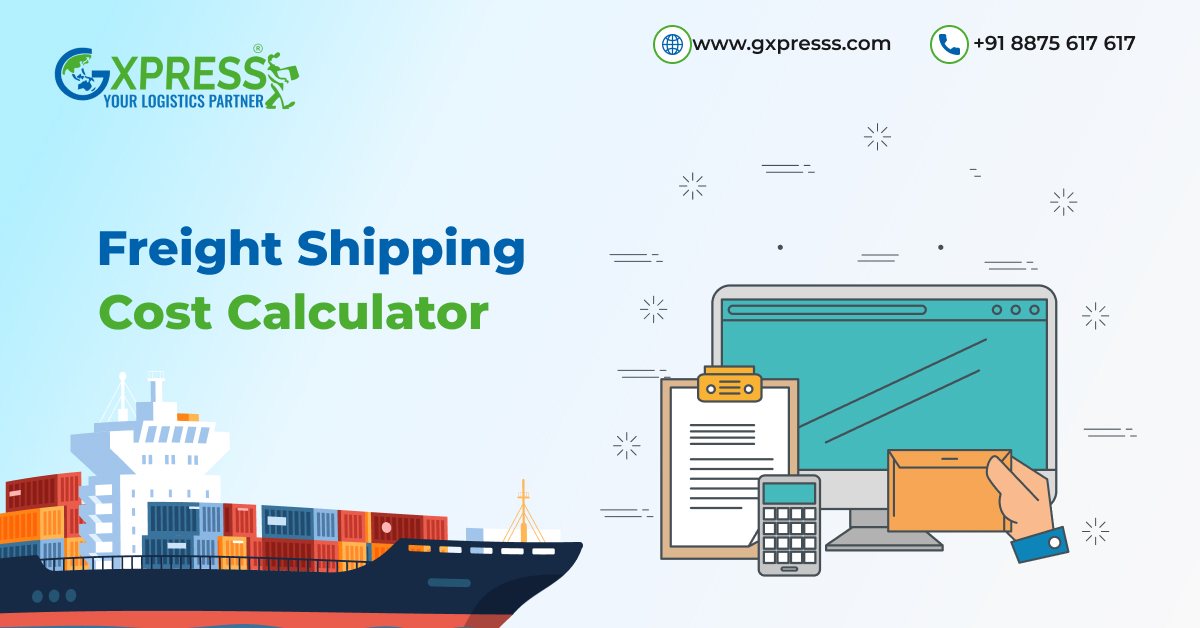Freight Consolidation: What It Is and How It Works
Nearly one-third of all global cargo shipments – valued at over $12 trillion annually – rely on Freight Consolidation shipping. This method cuts costs and reduces carbon emissions. It's a key part of modern logistics for businesses in the USA, UK, UAE, Canada, and India.

Freight Consolidation: What It Is and How It Works
Nearly one-third of all global cargo shipments – valued at over $12 trillion annually – rely on Freight Consolidation shipping. This method cuts costs and reduces carbon emissions. It's a key part of modern logistics for businesses in the USA, UK, UAE, Canada, and India.
Key Takeaways
- Cargo consolidation merges small shipments into larger loads to reduce per-unit expenses by up to 30 – 40%.
- Over 35% of international businesses in the USA, UK, UAE, and India use consolidation shipping to manage inventory and meet demand spikes.
- Freight consolidation lowers carbon footprints by maximizing container space, aligning with global sustainability goals.
- Small businesses in emerging markets like India can access global markets through consolidation services without requiring full container loads (FCL).
- Efficient consolidation shipping minimizes delays and documentation errors by centralizing customs clearance processes.
Understanding Freight Consolidation in Global Logistics
Freight consolidation shipping changes how we move goods by combining small shipments into big ones. This makes things cheaper and uses resources better all over the world. Here, we dive into the key parts of this important practice.
Definition and Core Concepts of Freight Consolidation
Consolidation shipping is about putting many shipments together into one. This cuts down on empty space on trucks, making each shipment cheaper. The main ideas are:
- Lower costs by sharing freight
- Handling smaller loads (LTL or LCL) easily
- Clearing customs faster for all shipments together
Benefits of Freight Consolidation for Businesses
Cost Reduction Through Shared Shipping Space
Sharing shipping space can reduce costs by up to 40%, making global trade more affordable for small businesses. Freight consolidator networks combine multiple small shipments into larger ones, optimizing cargo space and lowering shipping expenses.
Environmental Impact and Sustainability Advantages
Consolidation also helps the environment. It cuts fuel use by 30% per ton-mile, which is good for the UAE's goal of being carbon neutral by 2050. The benefits include:
- Less carbon emissions from better routes
- Less packaging waste from bulk handling
- Meeting EU & USA rules for Indian exports
The Freight Consolidation Process
- Shippers send their shipment details to a consolidator
- Goods from different clients are gathered locally
- Items are sorted by destination and packed into containers
- Containers are shipped via sea, air, or road
- Goods are deconsolidated and delivered to final destinations
Types of Cargo Consolidation Services
Air Consolidation
Fast shipments like electronics or medicines use air consolidation. Routes like India-UAE and UK-USA are popular, cutting delivery times by half. Airlines like Emirates SkyCargo have special air consolidation services for urgent cargo.
Ocean Freight Consolidation Options
FCL (Full Container Load)
Suitable for businesses with large shipments requiring entire containers. Offers faster transit and lower handling risks.
LCL (Less Than Container Load)
Ideal for smaller shipments sharing container space. Reduces costs and provides greater flexibility.
Conclusion
Freight consolidation is transforming global logistics by making international shipping more accessible and cost-effective. For businesses looking to optimize their supply chain, consolidation offers a proven solution that combines efficiency with sustainability.
Ready to Optimize Your Shipping?
Contact Gxpress today to learn how our freight consolidation services can help your business save money and improve efficiency in global shipping.



